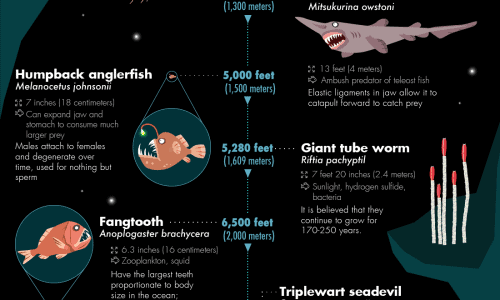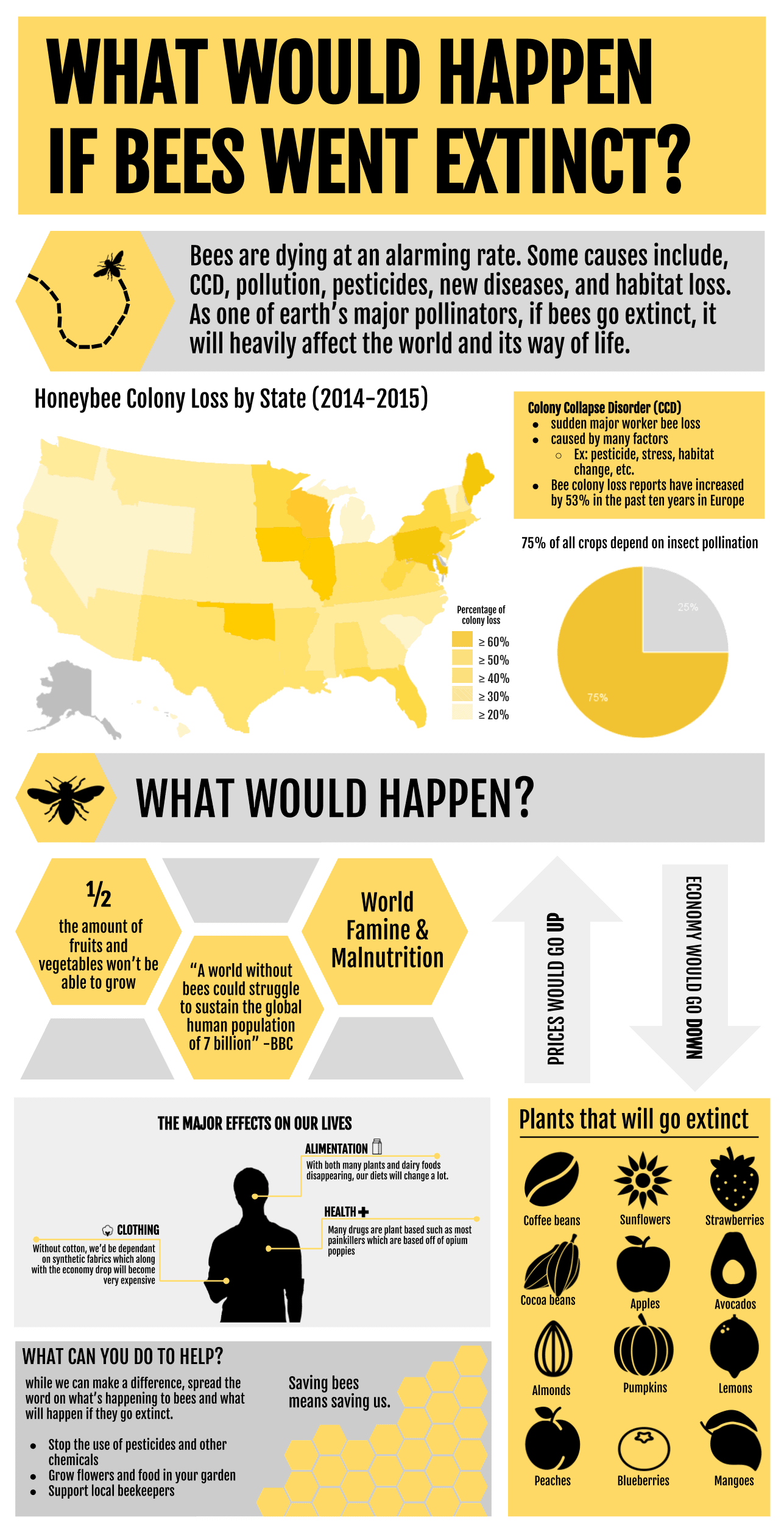
Scientists believe that about 10% of the permafrost in the Northern hemisphere has defrosted since 1900. One of the biggest problems caused by this thaw is that as the ice melts the organic materials in the soil beneath start to rot. In the process, greenhouse gases–including huge stores of carbon dioxide and methane gas–escape into the atmosphere. The release of these gases has the potential to start an unstoppable cycle where the gas being released changes the climate. Warmer temperatures result in further melting and the release of more of the gases as demonstrated by this infographic.
Many towns and cities built upon the permafrost have already started to feel the impact of the melting ice as roads and buildings start to collapse. The destabilized ground also causes landslides.
Permafrost is rock, soil, and sediment that has been frozen for more than two years. Most has been tied up in ice for hundreds of thousands of years. The permafrost often extends over vast areas of land, but it also covers much smaller spaces like the tops of tall mountains. About 25% of the Northern Hemisphere consists of permafrost with large portions of the land at risk.
Scientists haven’t given up. They are researching eco-system engineering. They believe that it is important to return grazing animals like bison to the area. The idea is to get rid of the forests in the area, then restore the grasslands that existed there until the mammoths died out at the end of the last ice age.




